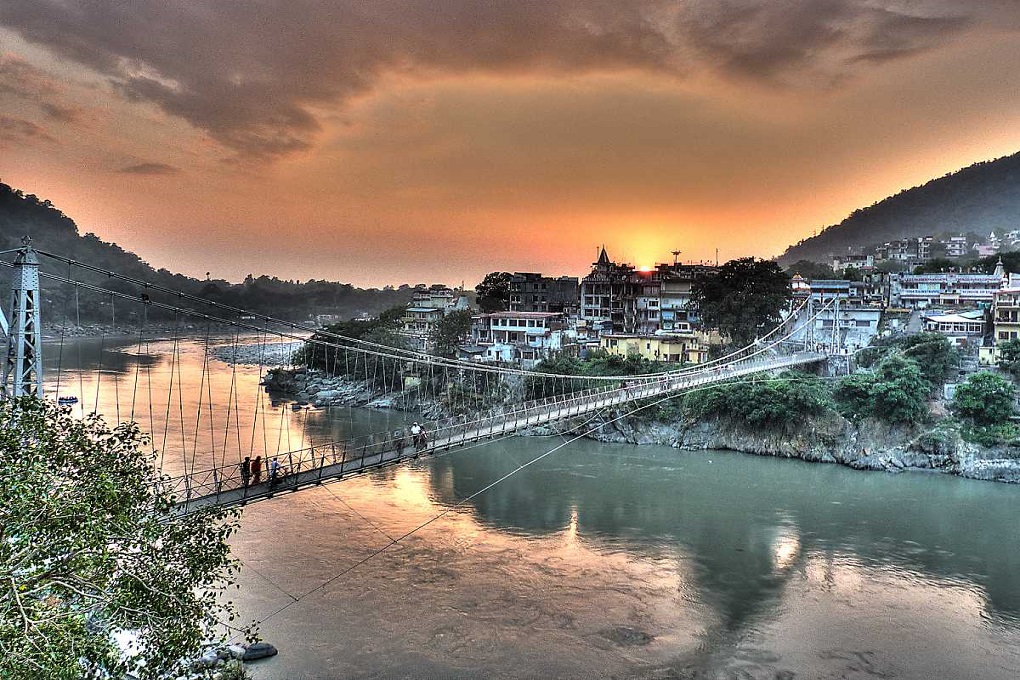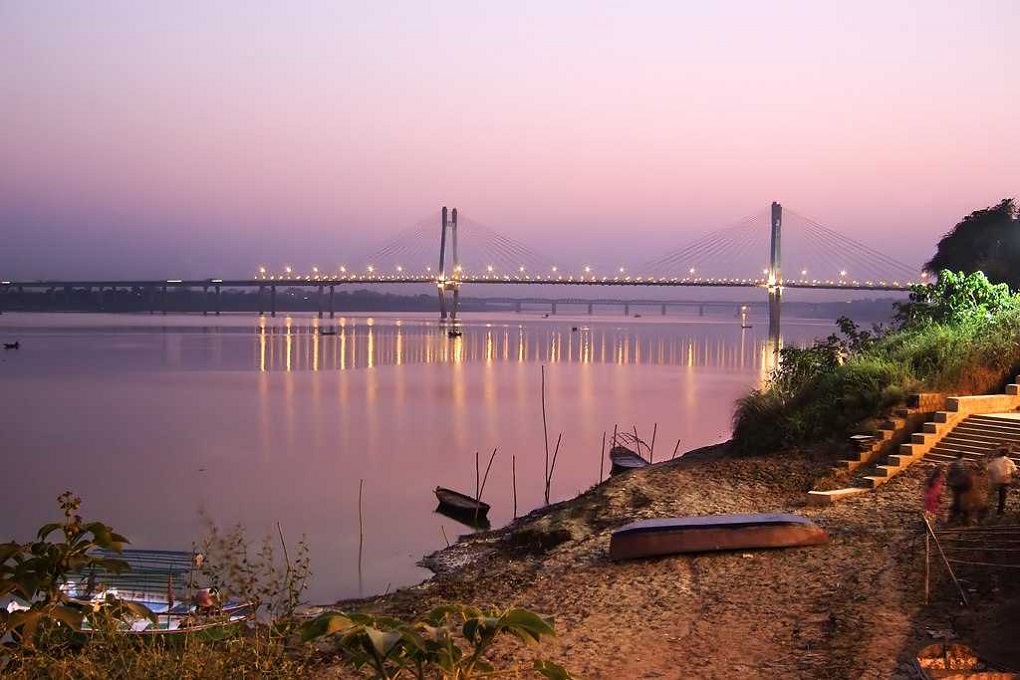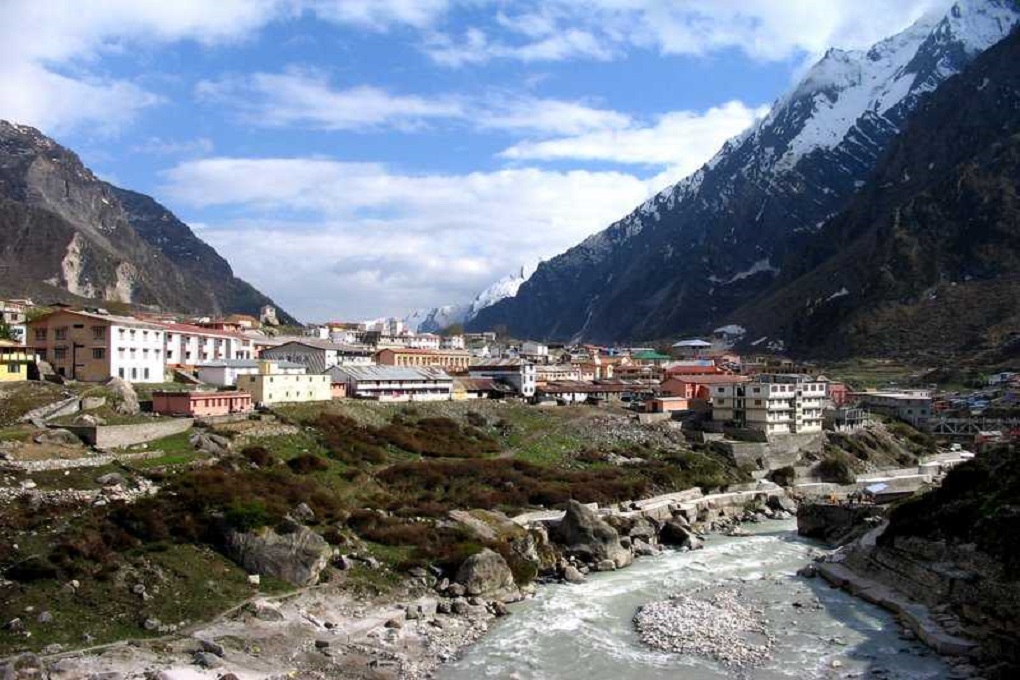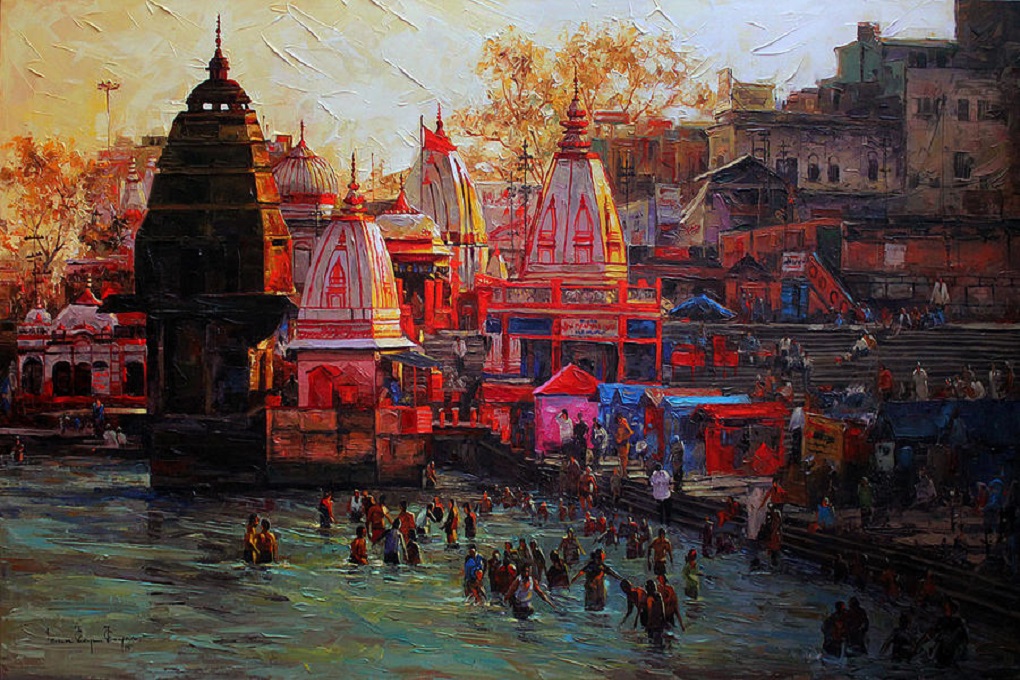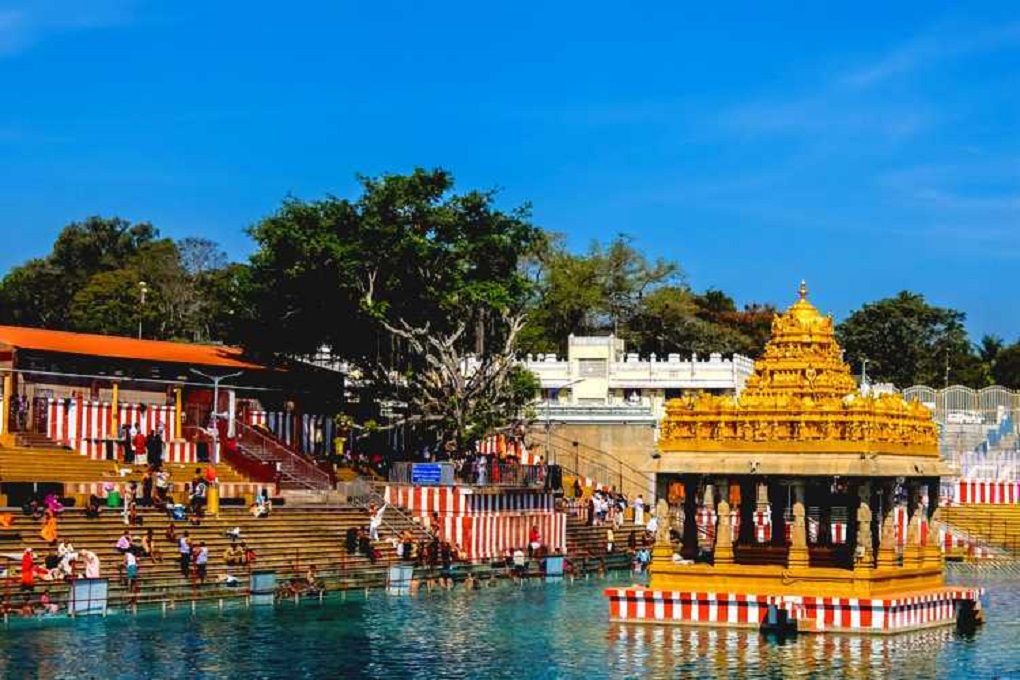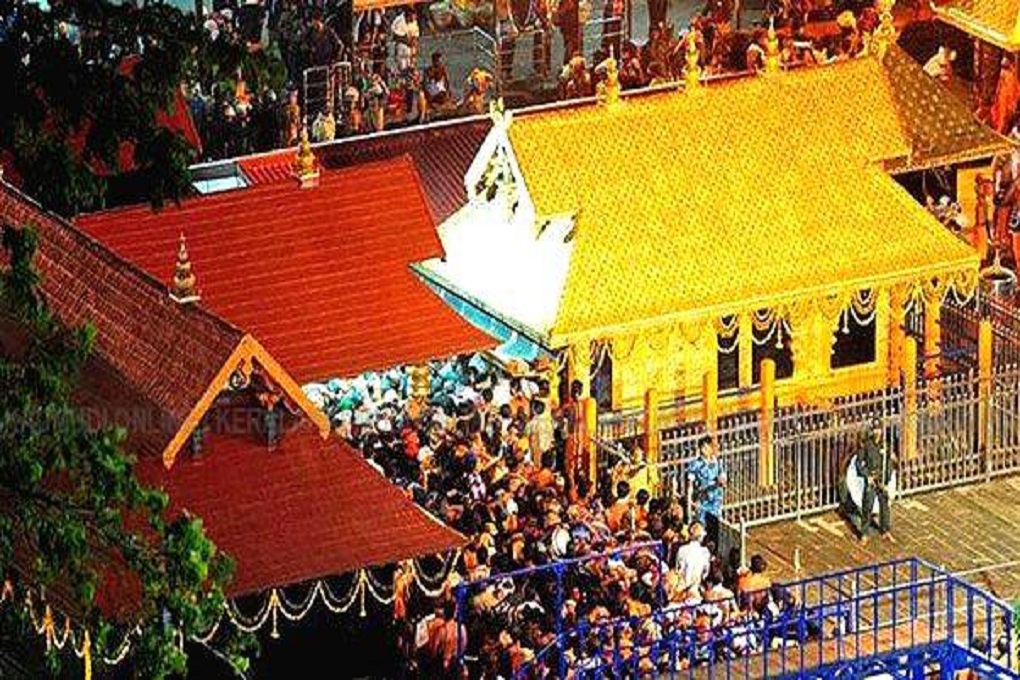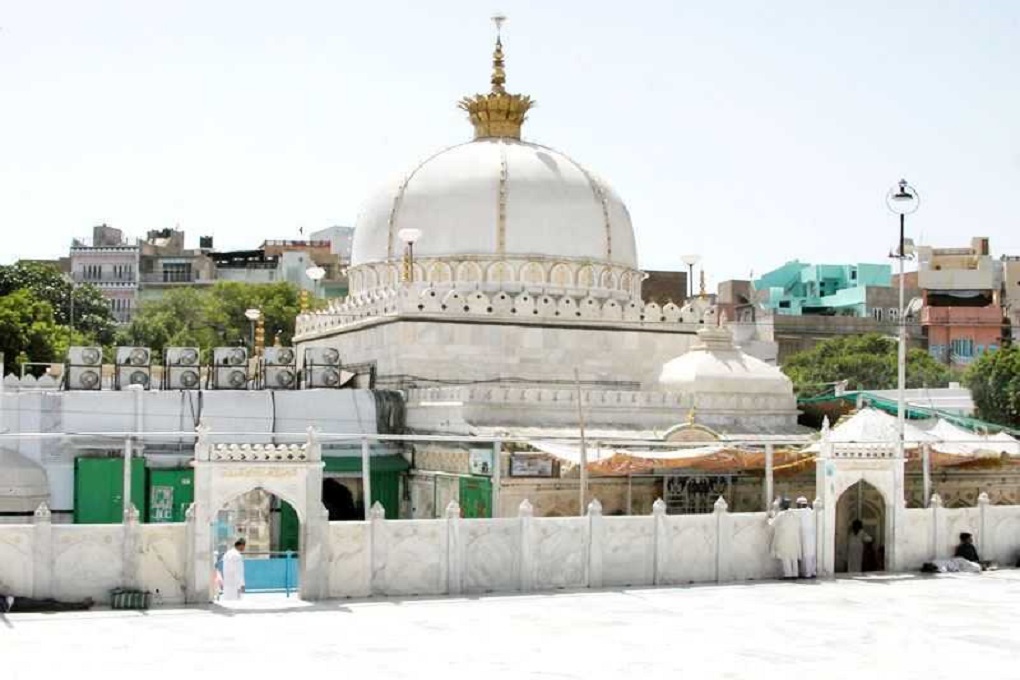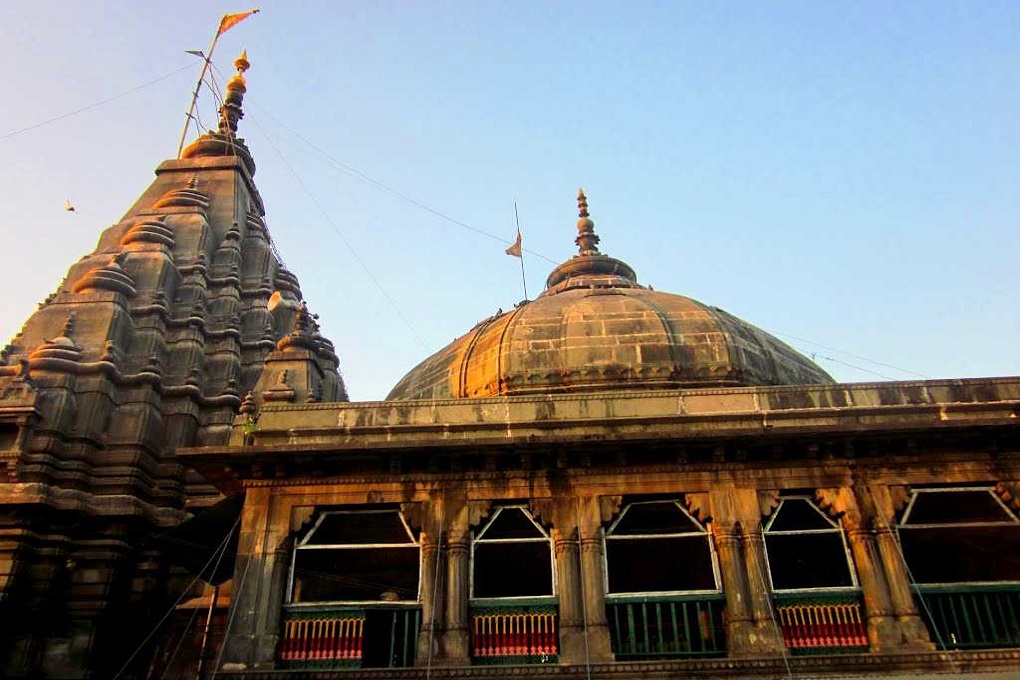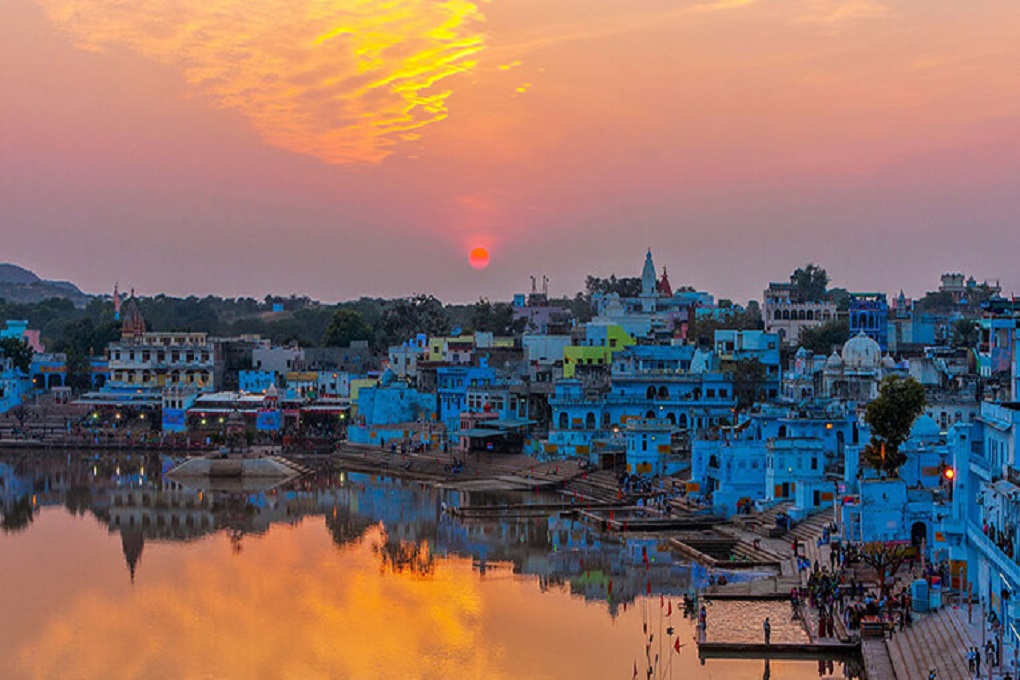Religious destinations for divine blessings
India is a spiritual land of different religions. People from all around the world come to visit to find themselves. The monk places and the grave historical stories about Gods, has made the hearts of people living here with faith and positivity. India has a lot of beauty, but on the same note, if you want to get to know the core of India, you must visit the famous religious places spread out in all parts of this country.
Whether it is a holy song in the temple, the ‘azaan’ of the mosque or the hymns of the church – India’s unity in diversity can be very well seen in such religious places. In fact, every state in India has holy places that give its visitors an unforgettable spiritual detox. The ambience around the religious places is filled with divine magic and positive vibes. Owing to all this, religious tourism in India has grown over the years.
We have all heard about pilgrimage places in India where people visit to pray and give their offerings to the Lord. It is amazing to see how strong their faith is towards God, climbing mountains and walking terrains just to get a glimpse and pray for the well-being of their loved ones. If all this is new to you, let us get you acquainted with some of the most famous holy places in India.
Select your Dream Destination.
Ask any devout individual, and he or she’ll tell you how the love for visiting Vaishno Devi just keeps on increasing.Every year, this place witnesses a plethora of visitors who come from all over the country; some from foreign countries as well! Nestled in the embrace of the Trikuta Hills, Katra lies within the periphery of Jammu and Kashmir.Vaishno Mata calls out to her devotees every year and they loyally show up at her abode. Legends have it that Mata Rani Vaishno Devi turned herself into a rock that is worshipped here. Going by belief, she offers mental peace and strength to her devotees. It is not just the shrine that is worth visiting; this worship place in India gives the yatris an unparalleled
One of the most important pilgrimage places in India – the Amarnath Caves is said to be a haven for the pilgrims. Situated in the beautiful abode of Jammu and Kashmir, this is the place where Lord Shiva revealed the secret of life and eternity to Goddess Parvati (well, the legends say so). Though the visit to the cave is permissible only during the holy months of Shravan i.e. July-August, the shrine witnesses millions of visitors every year. Pilgrims can visit the shrine via two routes – one through Pahalgam and the other through Baltal. The Pahalgam route is a little longer than Baltal but devotees still prefer the former. You have to trek for around 3-5 days to reach the shrine and the sense of fulfilment is simply splendid! Nowadays, even helicopter services are available but people still prefer trekking (old school, you see).
Kedarnath is yet another holy place in India that is visited by one and all. Dedicated to Lord Shiva, this temple is the highest among the 12 Jyotirlingas and is believed to open the doorway to attaining moksha (salvation). Perched at a height of 3583 metres above the sea level on the Garhwal Himalayan range of Uttarakhand, the Kedarnath Temple is a pivotal part of the Char Dham of India. Despite the ghastly effect of floods in North India in 2013, it still remains one of the most visited holy places in India.
Shiva, Shankara, Shambhu, Maheshwara. No matter what you call him, Lord Shiva has lakhs of followers in the country and outside. And people travel miles and miles and climb the highest mountains to reach his shrines to seek his powerful blessings. And one such temple which draws people towards it, despite a super tough trek is the Tungnath Temple- the highest Shiva temple in the world! Yes! At an altitude of 3680 m (12,073 ft), the Tungnath temple a reference for many myths and legends and here is everything you need to know about it.
‘Wahe guru ji ka khalsa; wahe guru ji ki fateh’ This phrase resonates with every Indian regardless of his/her religious beliefs. One of the best religious places in India, the Golden Temple is where divinity is in the air. As soon as you gaze at this majestic gurudwara, your head will bow down in respect. It is a beautiful sight especially in the evening and at night when the reflection of the moon can be seen on the lake; everything around feels placid.
Located in the foothills of the Himalayas along the convergence of Ganga and Chandrabhaga River, Rishikesh is a small town in the Dehradun district, located close to Haridwar in Uttarakhand. Rishikesh (also called as Hrishikesh) is
known for its adventure activities, ancient temples, popular cafes and as the "Yoga Capital of the World". Gateway to Garhwal Himalayas, Rishikesh is also a pilgrimage town and one of the holiest places for Hindus.Rishikesh became
known worldwide in the 1960s after The Beatles visited the ashram of Maharishi Mahesh Yogi here. Today, the place is popular as The Beatles Ashram which beckons tourists globally. The tranquil town has long been a spiritual centre
but is equally popular for the whitewater rafting, bungee jumping, mountain biking and camping along the fast-flowing Holy Ganges. It also serves as the gateway to many Himalayan treks.
As it lies on the holy banks of river
Ganga,
Allahabad, now officially known as Prayagraj, is a city located in the Indian state of Uttar Pradesh. Reminiscent of all that is spiritual and sacred in Hinduism, Allahabad is famous for Triveni Sangam or the meeting point of three rivers - the Ganga, the Yamuna, and the Saraswati. Built on the site of the ancient town of Prayag, Allahabad has, since time immemorial, held the largest Hindu gathering on the banks of the Sangam - the Maha Kumbh Mela. While the Sangam city is often passed over for more travel-friendly cities, there is a lot to Allahabad besides just its religion.
Perched on the Garhwal hill tracks, near Alaknanda River, Badrinath is situated in the Chamoli district of Uttarakhand. Badrinath is known for the sacred Badrinath Temple dedicated to Lord Vishnu. It is one of the four Char Dham and Chota Char Dham pilgrimage yatras and is one of the most visited pilgrimages in India. Placed between Nar and Narayan mountain ranges, Badrinath Temple is situated in the backdrop of the mighty Neelkanth mountain and is known for stunning natural beauty. Situated at the height of 10,279 feet, the Badrinath Temple is believed to be originally established by the saint, Adi Shankaracharya. The temple houses a black stone idol of Lord Vishnu which is 1m tall and is considered to be one of the 8 swayam vyakta kshetras or self-manifested statues of Vishnu. It also finds its mention in the 108 Divya Desams devoted to Lord Vishnu in India.
Haridwar, considered to be among the seven holiest cities in India, is an ancient city located on the banks of River Ganga in the Garhwal region of Uttarakhand. Dotted with temples, ashrams and narrow lanes across the city, Haridwar is a famous Hindu temple town where millions of devotees come to take a dip in the holy Ganges. It's believed that taking a dip in the holy Har Ki Pauri relieves you of all your sins.Every evening, Haridwar is witness to a set of rituals for the famous Ganga Aarti at the Ghats (River Banks) where thousands of devotees come together to pray to the river. Once in every twelve years, Haridwar is host to the mega-gathering during the world famous Kumbh Mela which sees millions of visitors from all over the country. Along with Prayagraj, Nashik and Ujjain, Haridwar is one of the only four cities in India which can host the Kumbh Mela.
Situated in the Chittoor district of Andhra Pradesh, Tirupati is known for Lord Venkateshwara Temple, one of the most visited pilgrimage centres in the country. Tirumala is one of the seven hills in Tirupati, where the main temple is located. The temple is believed to be placed where Lord Venkateshwara took the form of an idol and is hence home to the diety Govinda. Tirupati is one of the oldest cities of India and finds mention in plenty of ancient Vedas and Puranas.
More than 30 million pilgrims visit the temple in Sabarimala annually, making it the largest in India and second largest in the world, after Hajj Pilgrimage of Mecca in Saudi Arabia. Located inside the Periyar Tiger Reserve, in the Pathanamthitta district of Kerala, Sabarimala is a temple town on the bank of the River Pampa. Named after the mythological character, Sabarimala shelters the famous Ayyapa temple. The temple is also known as Dharma Sashta and is believed to be the son of Shiva and Mohini, the feminine incarnation of Lord Vishnu. People believe that Vishnu's incarnate, Parasurama, placed the Ayyappa Idol at the top of the mountain.
Ajmer Sharif Dargah, also known as Ajmer Dargah, is the tomb of Moinuddin Chishti is one of the holiest places of worship in India not only for the Muslims but followers of every faith. Being the final resting place of the Khwaja Moin-ud-din Chisti, it has had an enormous contribution in spreading the ethical and spiritual values of Islam amongst masses.Khwaja Moin-ud-din Chisti was a great Sufi Saint and dedicated his entire life for the upliftment of the poor and downtrodden. The shrine is visited by millions of people every year, as it is considered very sacred by people of all the religions. Ajmer Sharif was built by the Mughal Emperor Humayun, hence justifying the rich Mughal Architecture. The Dargah has various constituents like tombs, courtyards and Daalaans. The major among these structures
Bodh Gaya is a Buddhist pilgrimage site in Gaya District of Bihar. Famous for the Mahabodhi Temple, It was here under the Bodhi tree that Gautama Buddha attained enlightenment.It is now one of the UNESCO World Heritage Sites, and a lot of foreign countries, including Japan and China, have helped the Indian government in building facilities for the Buddhist pilgrims. The place is bustling with pilgrims all through the year from India and abroad who come to pay their homage in monasteries, temples and remnants of Bodhi Tree. Located near the river Neranjana, Bodh Gaya was earlier known as Uruwela. It was also known as Sambodhi, Vajrasana or Mahabodhi until the 18th century CE.
Pushkar, a small temple town, is located around 15 km from Ajmer in Rajasthan. Every November, Pushkar is host to the Pushkar Mela, one of the biggest camel fairs in the country. Perfect choice for a weekend getaway from Jaipur, Pushkar is located amid Aravali ranges. Known for the world's only dedicated Brahma temple, Pushkar is primarily a pilgrimage site for Hindus.pend some evenings sitting at the ghats while sipping chai or taking a stroll through narrow alleys while listening to the chants from temples surrounding the ghats. A delight for street-shopping lovers, Pushkar has shops in the main street selling everything from silver oxidised jewellery to merchandise swaddled in various colours.





